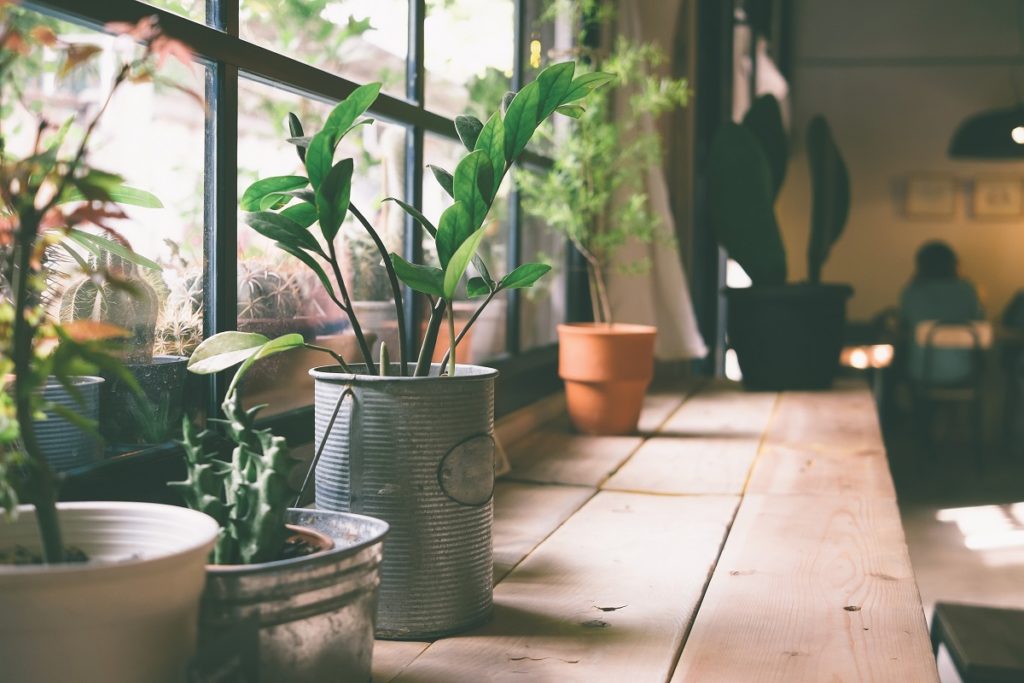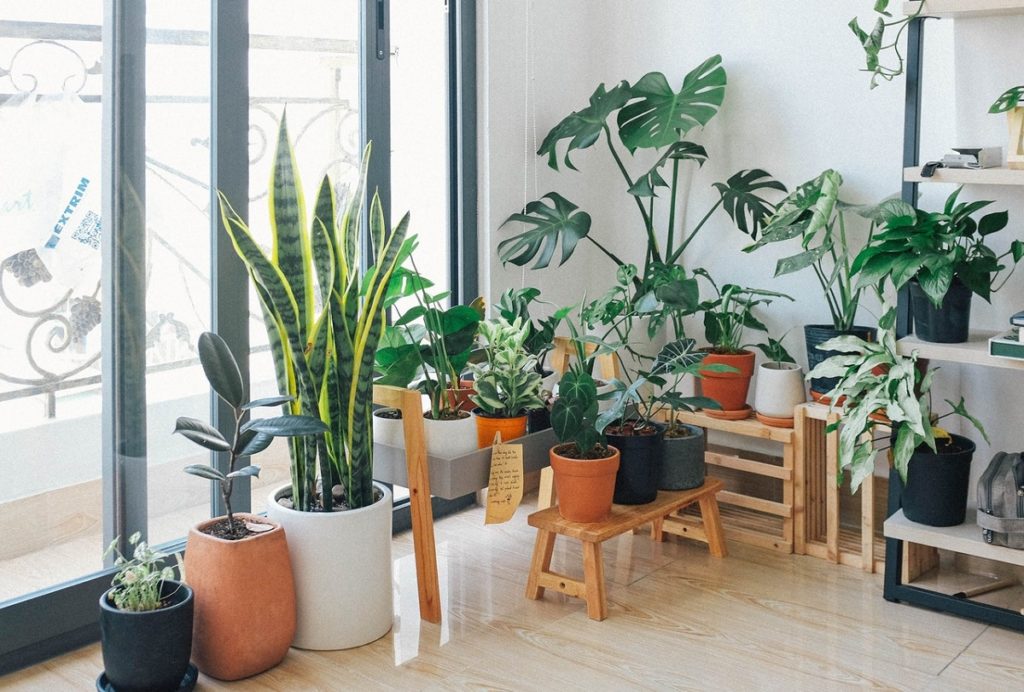Many people have what they call the “winter blues”. For some, however, the cold and dark months bring more than that. According to the American Psychiatric Association, seasonal affective disorder (SAD) is a major depressive disorder with a seasonal pattern, usually occurring in fall and winter. The onset is usually in people between 18 and 30 years old.
According to Cleveland Clinic, the condition affects about five percent of American adults. Among those with the disorder, 75 percent are women. The condition is more common in areas with longer winters such as those at high latitudes that are farther from the equator.
Triggers for Seasonal Affective Disorder
Shorter days with less sunlight shift the circadian rhythm or internal biological clock that regulates hormones, sleep patterns, and mood. The shift makes it difficult for people to control their moods.
Exposure to sunlight helps the brain release serotonin, a chemical neurotransmitter that sends communications between nerves and creates feelings of joy. Sunlight also helps the body produce vitamin D which boosts serotonin levels. The lack of sunlight in winter causes serotonin levels to drop, triggering a biochemical imbalance in the brain that significantly affects mood.
Lack of sunlight, on the other hand, causes people to produce more melatonin which is a chemical that induces sleep. Dark days, therefore, make these people feel sleepy and lethargic.
Symptoms of Seasonal Affective Disorder
The overwhelming feeling of people with the disorder is deep sadness or depression accompanied by hopelessness, worthlessness, and sometimes guilt for being this way. They have changes in appetite, either having decreased appetite and weight loss or having increased appetite and cravings for sweets and carbohydrates leading to weight gain. They can experience physical problems like headaches.
They have an erratic nighttime sleeping pattern, either sleeping too much or having trouble sleeping. They feel drowsy in the daytime with a lack of energy and extreme fatigue, and with limbs feeling heavy. Their movements and speech can slow down to an extent observable to others. On the other hand, they can become agitated and restless, unable to sit still, pacing, or wringing their hands.
They have difficulty thinking, concentrating, and making decisions. They lose interest in activities they previously enjoyed, withdraw from social activities, and become more sensitive to rejection. They are irritable and anxious. They can have violent episodes and thoughts of self-harm.
Treatments for Seasonal Affective Disorder

The main treatment for the disorder is phototherapy or bright light therapy using a special lamp emitting light at 10,000 lux with a screen that blocks ultraviolet rays. Every session lasts 15 to 30 minutes every morning, with the lamp positioned two to three feet away. Improvements are usually felt within two to four days, but it can take about two weeks to feel the full benefits. Light therapy must continue throughout the fall and winter, though, to prevent symptoms from recurring.
Experts also recommend getting more natural sunlight outdoors or staying by a window in the home. Monty Don, a presenter of the British Gardener’s World television program, stated that he has seasonal affective disorder and finds relief by using light therapy and gardening.
When it is deep winter, gardening can continue by building a cold-weather greenhouse. This can provide both the pleasure of tending a garden and the much-needed sunlight. A good winter greenhouse is sustainable, energy-efficient, economical, and must also work even in the summer by making use of current technologies and expertise. Duplicating Monty Don’s successful combination therapy is possible by using a light therapy lamp in the morning and gardening in a winter greenhouse afterward.
Another major treatment for seasonal affective disorder is cognitive-behavioral therapy (CBT) which is a type of talk therapy. According to research, this has the most long-lasting effects among treatments. Doctors also sometimes prescribe antidepressants and a vitamin D supplement.
Do Not Get SAD
There are ways to prevent the recurrence of seasonal affective disorder. After the diagnosis, prepare for the coming of shorter days as early as fall. Building a winter greenhouse will ensure that you have access to a lot of sunlight for many winters to come. Whenever the weather becomes severely cold, you can stay cozy in the greenhouse and still get your dose of sunlight.
Continue to use your light lamp indoors in the morning. If your doctor prescribed medication, take them as ordered. Have a regular exercise regimen of 30-minute sessions at least three times a week. This will help regulate your sleeping pattern. Eat a healthy and well-balanced diet, avoiding too much sugar and carbohydrates that will make you feel sluggish. Fresh vegetables, fruits, and lean protein will give you energy.
Keep in touch with friends and family even virtually. Regular phone calls and video chats can do much to lift your mood. Be patient with yourself and allocate time for self-pampering. Making yourself look good will also help to make you feel good.


